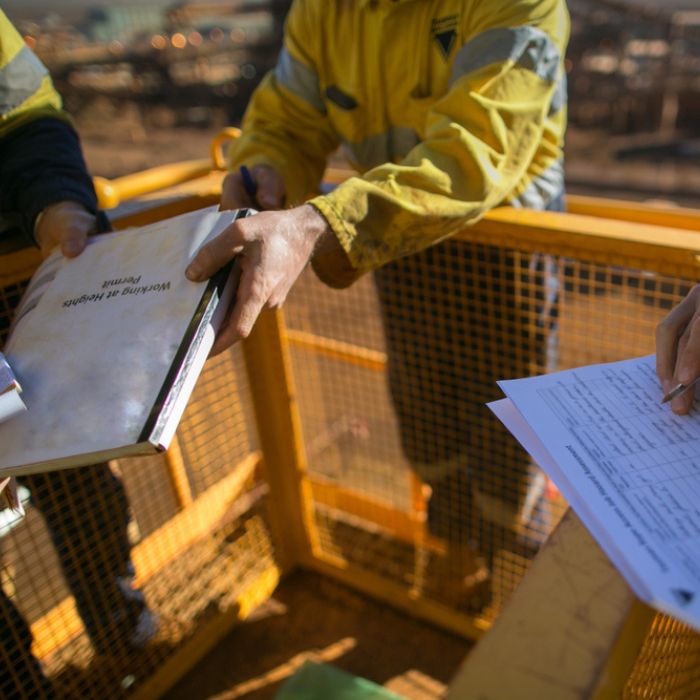





Environmental Protection
The Occupational Safety and Health Administration (OSHA) and the Environmental Protection Agency (EPA) regulations apply broadly to various industries, but the specific compliance requirements can vary depending on the nature of the business, the type of industry, and the specific hazards or environmental aspects associated with the operations. While there are general standards that apply universally, the details of compliance can differ based on the sector.
OSHA Compliance:
OSHA sets standards for workplace safety and health, and these standards apply to a wide range of industries. However, the specific requirements may differ based on the nature of the work. For example:
1. Construction Industry (29 CFR 1926):
- OSHA standards for construction are distinct from those for general industry.
2. General Industry (29 CFR 1910):
- OSHA standards for the general industry cover a broad range of workplaces, including manufacturing, healthcare, and service industries.
3. Agriculture (29 CFR 1928):
- Agriculture has its own set of OSHA standards.
The standards include regulations related to hazard communication, personal protective equipment, machine guarding, respiratory protection, and more. OSHA allows some flexibility for employers to implement controls and practices that are specific to their industry or workplace.
For Example: Environmental inspections and training in hospitals are crucial components of healthcare facility management to ensure the safety of patients, staff, and visitors, as well as compliance with regulatory standards. Here are some key aspects of environmental inspections and training for hospitals and the healthcare industry Alegna Environmental Group offers, amongst the other industries:
Environmental Inspections:
1. Infection Control:
- Regular inspections to ensure compliance with infection control protocols.
- Monitoring cleanliness and hygiene in patient care areas, waiting rooms, and common areas.
2. Hazardous Materials Management:
- Inspections to identify and manage hazardous materials and waste properly.
- Compliance with regulations for the storage, handling, and disposal of hazardous substances.
3. Medical Waste Management:
- Ensuring proper segregation, storage, and disposal of medical waste.
- Compliance with regulations governing the handling of biohazardous materials.
4. Emergency Preparedness:
- Inspections to assess the hospital’s readiness for emergencies (e.g., fire, natural disasters).
- Regular drills and training sessions for staff to respond to emergencies effectively.
5. Air Quality:
- Monitoring and maintaining air quality, especially in areas like operating rooms and isolation units.
- Inspection of ventilation systems to prevent the spread of airborne contaminants.
6. Water Safety:
- Regular testing of water quality, especially in areas where patients are susceptible to waterborne infections.
- Maintenance of plumbing systems to prevent water contamination.
7. Radiation Safety:
- Inspection of radiation-emitting equipment to ensure proper functioning and safety.
- Compliance with radiation safety guidelines and regulations.
Environmental Training:
1. Infection Control Training:
- Regular training for healthcare personnel on infection control measures and best practices.
- Hand hygiene, personal protective equipment (PPE) use, and isolation precautions.
2. Hazardous Materials Handling:
- Training on the proper handling, storage, and disposal of hazardous materials.
- Awareness of potential risks associated with specific chemicals used in healthcare settings.
3. Emergency Response Training:
- Regular drills and training sessions for staff to respond effectively to emergencies.
- Evacuation procedures, fire safety, and coordination with emergency services.
4. Waste Management Training:
- Training on the proper segregation and disposal of different types of medical waste.
- Understanding the importance of preventing healthcare-associated infections through proper waste management.
5. Radiation Safety Training:
- Training for personnel working with radiation-emitting equipment.
- Radiation safety protocols, use of protective equipment, and monitoring exposure levels.
6. Environmental Compliance Training:
- Training sessions to educate staff on local, state, and federal environmental regulations.
- Ensuring awareness of the importance of compliance to maintain a safe healthcare environment.
Healthcare and other industries are often at a disadvantage in managing their safety programs. Lack of adherence to a safety program, that meets Federal and State regulations, can result in accidents and injuries, labor unrest, and higher insurance costs.
If a facility is inspected, and a lack of a solid safety program is found it may result in citations and hefty fines. (OSHA has increased its fines substantially). Even worse, individual employee lawsuits may be filed and won when it does not meet its safety program obligations.
Regular updates and refresher courses should be conducted to keep staff informed about the latest protocols and guidelines. Continuous improvement and adaptation to changing regulations are essential for maintaining a safe and environmentally friendly healthcare facility.
Alegna’s certified EPA and OSHA Team is ready to help. Call us for more information at (770) 855-3328.
